Physical Address
304 North Cardinal St.
Dorchester Center, MA 02124

In the depths of the ocean, life unfolds in mysterious and sometimes bizarre ways. Among its most peculiar inhabitants are parasitic marine organisms—creatures that thrive by living in or on other marine life forms, often to their hosts’ detriment. These parasites have evolved remarkable strategies for survival, reproduction, and exploitation, shaping the dynamics of ocean ecosystems in profound ways. This article explores the fascinating world of parasitic marine organisms, shedding light on their unusual behaviors, ecological roles, and evolutionary adaptations.
Parasitic marine organisms are species that depend on a host for survival, deriving nutrients and shelter while often harming their hosts. They come in various forms, including worms, crustaceans, protozoans, and even some fish. Unlike predators, which kill their prey outright, parasites usually aim to keep their hosts alive, maintaining a delicate balance between exploitation and sustainability.
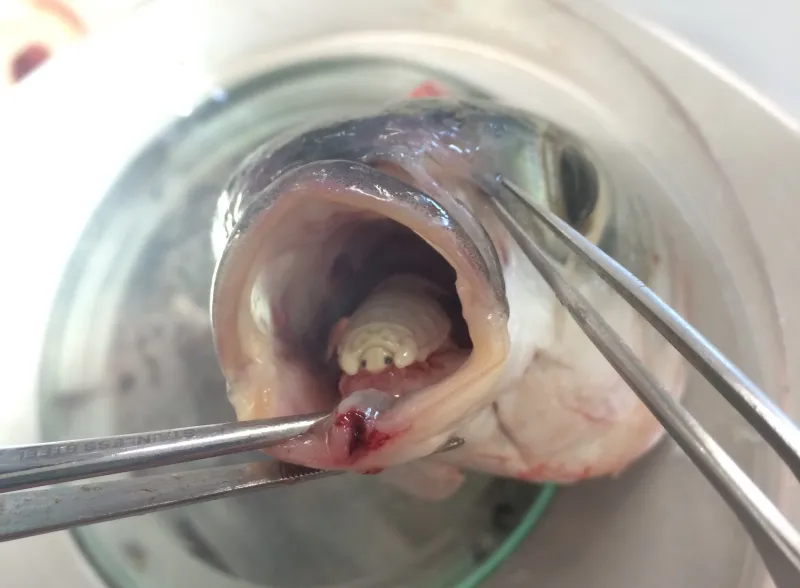
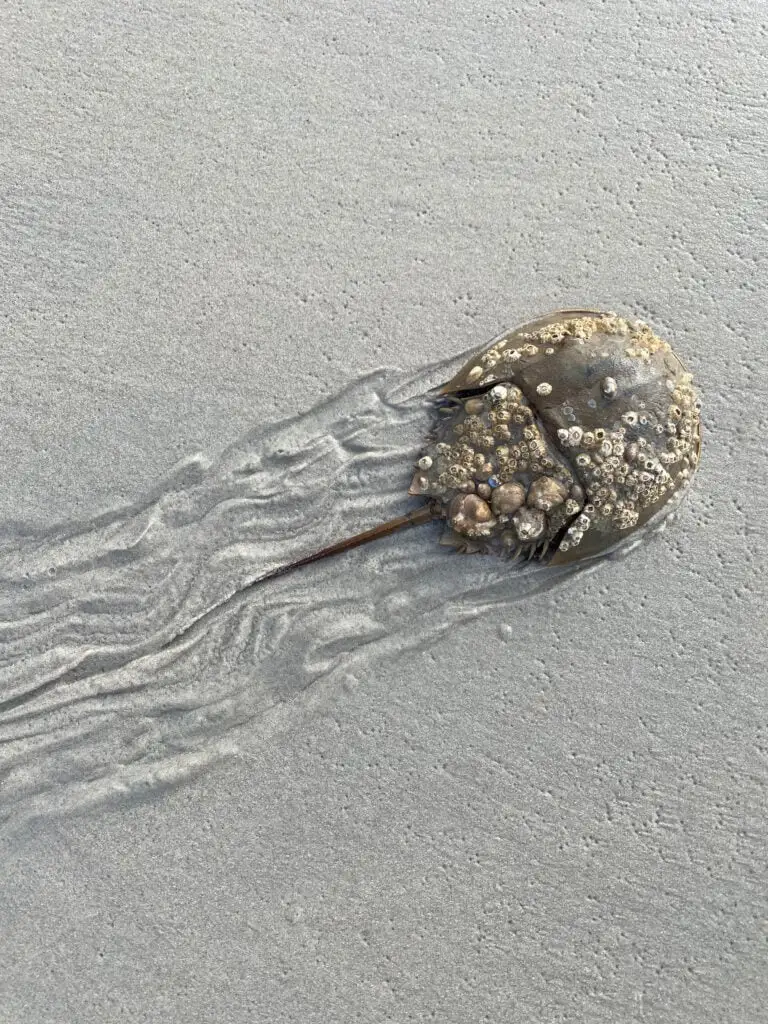
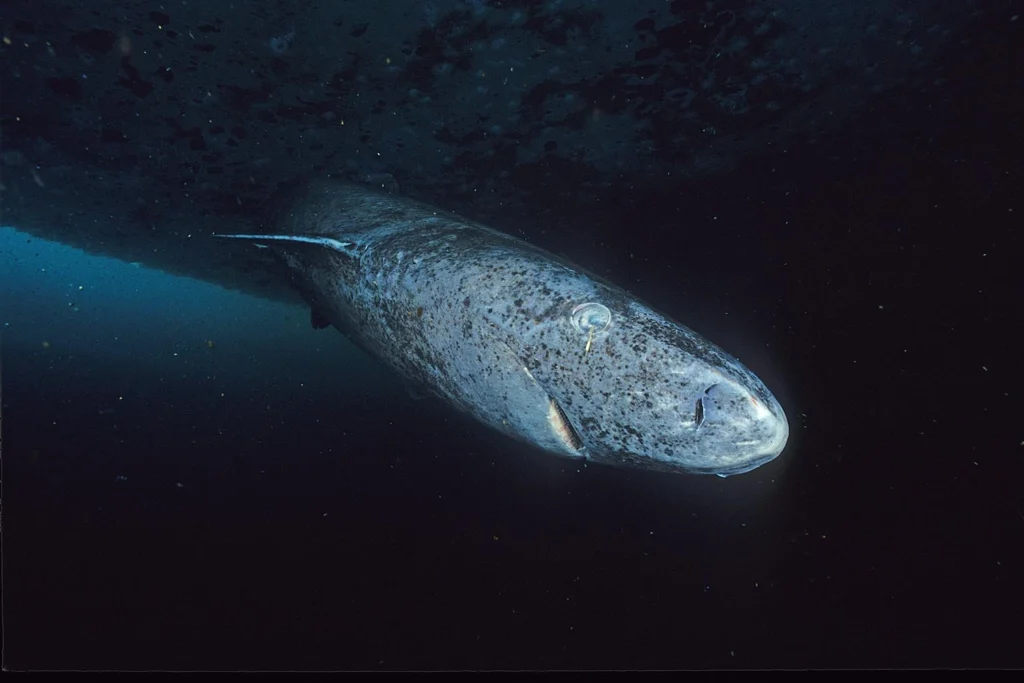
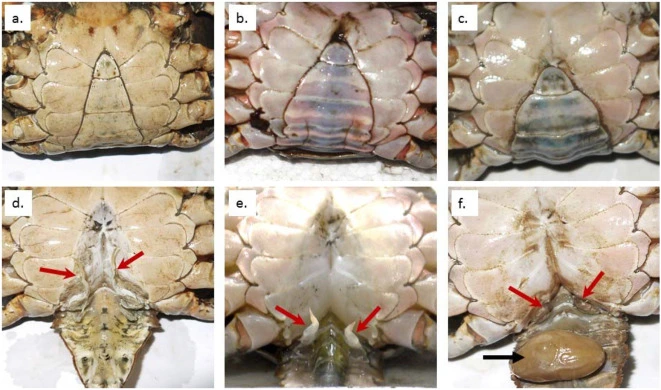

These organisms exhibit a wide range of parasitic strategies, from external parasites like sea lice that cling to the skin or gills of fish, to internal parasites like tapeworms that inhabit the digestive systems of marine mammals.
One of the most bizarre parasitic marine organisms is Cymothoa exigua, commonly known as the tongue-eating louse. This parasitic isopod targets fish, entering through the gills and attaching itself to the fish’s tongue. Over time, it severs the blood supply to the tongue, causing the organ to atrophy and fall off. Remarkably, the louse then attaches itself to the remaining stub, effectively becoming the fish’s new tongue.
While this might sound like a horror story, the fish can continue to live and feed, albeit with a new, unwelcome appendage. The tongue-eating louse is a striking example of how parasitism can lead to extreme and highly specialized adaptations.
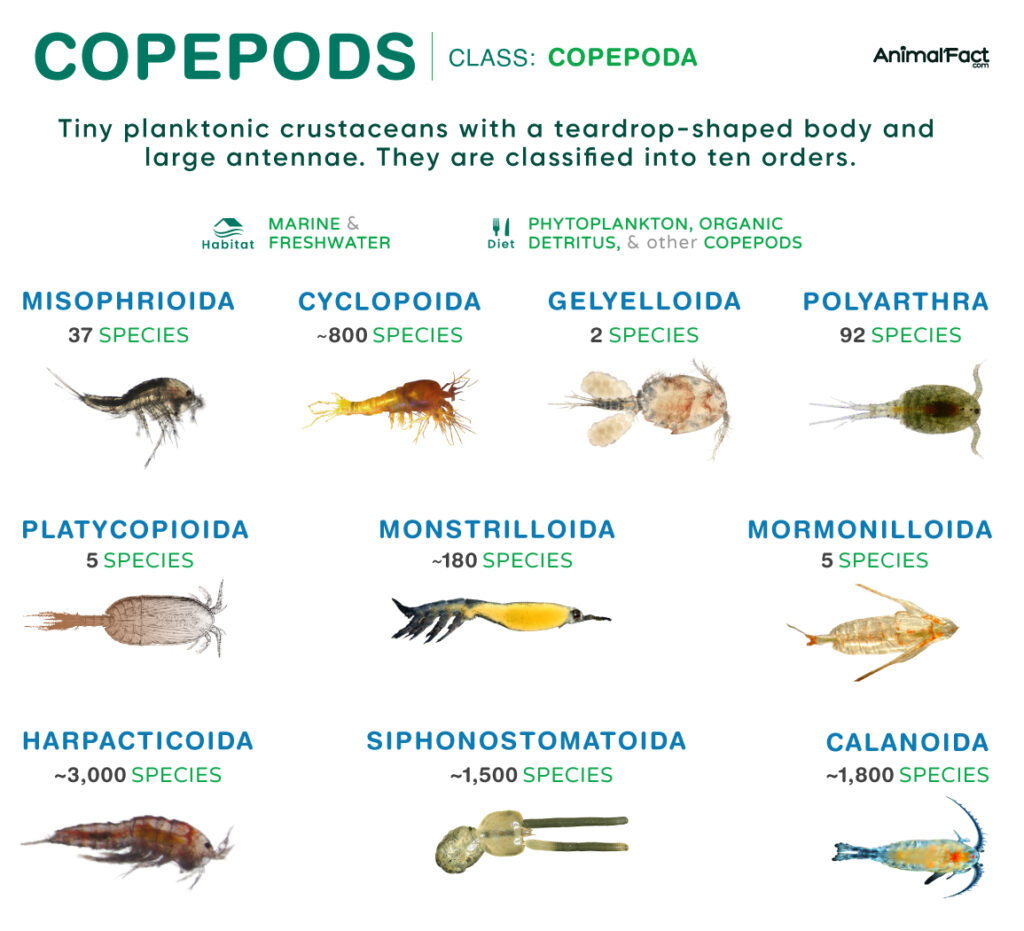
Copepods are tiny crustaceans that dominate the world of marine parasitism. Some species are free-living, but others have evolved parasitic lifestyles, attaching themselves to fish, sharks, and even whales. Parasitic copepods often latch onto their hosts’ skin, fins, or gills, feeding on mucus, skin cells, or blood.
One notable species is Lernaeocera branchialis, a copepod that parasitizes cod and other fish. This copepod undergoes a dramatic transformation, embedding itself into the fish’s circulatory system. It siphons blood, which it uses not only for nourishment but also for developing its eggs, completing its life cycle within the host.
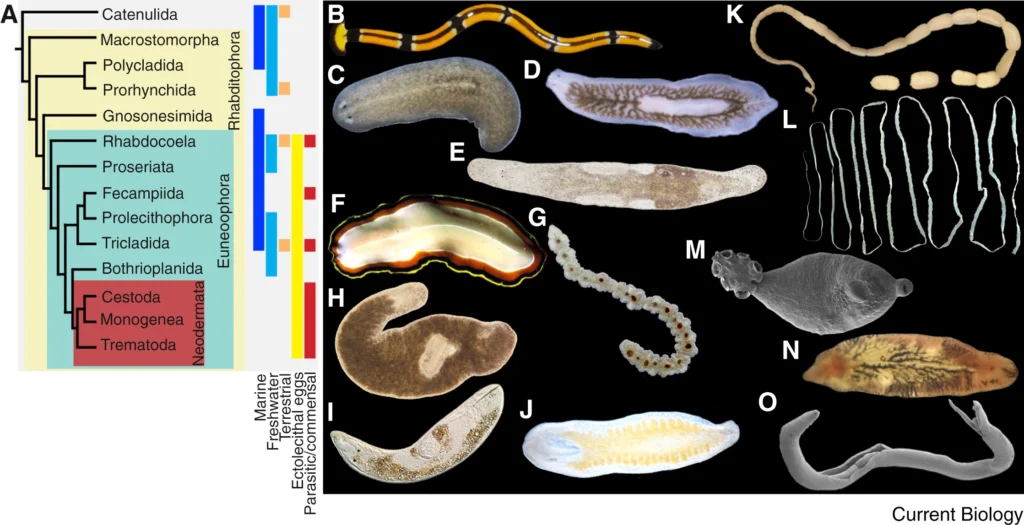
Flatworms, or platyhelminths, include several parasitic species such as flukes and tapeworms. These organisms often have complex life cycles involving multiple hosts. One of the most well-known examples is the liver fluke (Fasciola hepatica), which starts its life in snails before moving to fish and eventually infecting larger predators like marine mammals or humans who consume raw or undercooked fish.
Tapeworms, another type of flatworm, live in the intestines of larger marine animals such as sharks and whales. Their ribbon-like bodies can grow to incredible lengths, some reaching over 30 feet. Despite their size, tapeworms remain hidden inside their hosts, absorbing nutrients directly through their skin.
Sacculina is a genus of parasitic barnacles that specializes in infecting crabs. Unlike most barnacles, which attach to surfaces like rocks or ship hulls, Sacculina invades its host’s body. Once inside, it releases root-like structures that spread throughout the crab, effectively hijacking its physiology.
A parasitized crab becomes a mere vessel for Sacculina, which manipulates its host’s behavior to prioritize the parasite’s reproduction. Even male crabs infected by Sacculina will exhibit female behaviors, such as nurturing the parasite’s eggs as if they were their own offspring.
Though often viewed negatively, parasitic marine organisms play crucial roles in maintaining the health and balance of marine ecosystems. By targeting weak or diseased individuals, parasites can help control host populations, preventing overpopulation and ensuring resources are not depleted. This, in turn, supports biodiversity by allowing other species to thrive.
Parasites also serve as a food source for other marine organisms. For instance, cleaner fish and shrimp feed on parasites they remove from larger fish, forming mutualistic relationships that benefit both parties.
Marine parasites can sometimes impact human health, particularly when people consume raw or undercooked seafood. Anisakis, a genus of parasitic nematodes, can infect humans who eat raw fish like sushi or sashimi. These worms cause anisakiasis, a painful gastrointestinal condition. Fortunately, proper cooking or freezing of seafood can kill these parasites, making it safe for consumption.
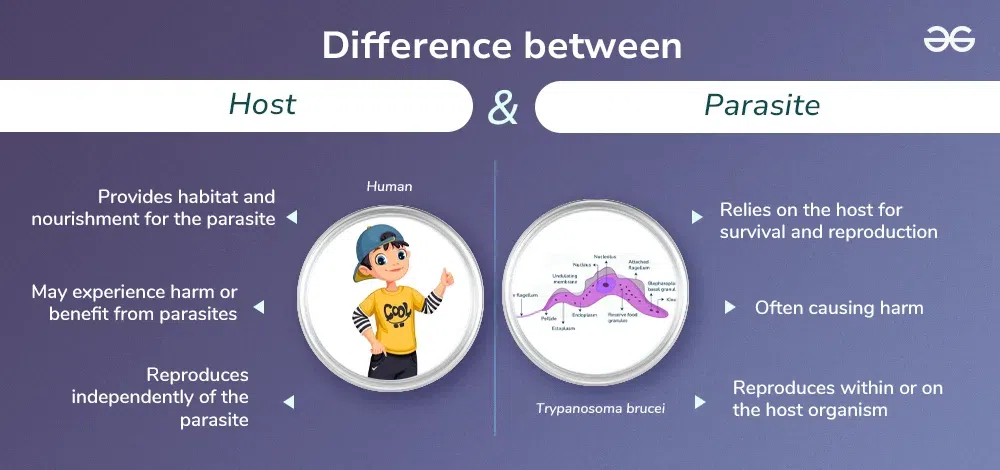
The relationship between parasites and their hosts is an ongoing evolutionary arms race. Hosts develop defenses such as thicker mucus layers, specialized immune responses, or behavioral changes to avoid parasites. In turn, parasites evolve more sophisticated methods of attachment, immune evasion, and host manipulation.
This co-evolutionary process has led to some of the most remarkable adaptations in the natural world. For example, certain parasitic nematodes produce proteins that suppress the host’s immune system, allowing them to remain undetected for extended periods.
Despite their often sinister reputation, parasitic marine organisms reveal the intricate interconnectedness of life in the ocean. They demonstrate how even the smallest and seemingly insignificant creatures can have profound effects on marine ecosystems. By studying these organisms, scientists gain insights into the delicate balance of marine food webs, evolutionary biology, and the resilience of life in challenging environments.
As human activities increasingly impact the ocean, marine parasites face new challenges. Overfishing, habitat destruction, and climate change disrupt the complex relationships between parasites and their hosts. The loss of certain host species can lead to the extinction of their associated parasites, potentially altering ecosystem dynamics.
Understanding the role of parasitic marine organisms is essential for comprehensive marine conservation efforts. These creatures, while often overlooked, are integral to the health and functioning of ocean ecosystems.
The strange lives of parasitic marine organisms highlight the diversity and complexity of life beneath the waves. From tongue-eating isopods to host-manipulating barnacles, these creatures exhibit remarkable adaptations that ensure their survival. Far from being mere pests, parasitic marine organisms play essential roles in regulating populations, supporting biodiversity, and maintaining the delicate balance of marine ecosystems.
For those who explore the ocean’s hidden depths, parasitic marine organisms offer a glimpse into the extraordinary ways life can adapt, survive, and thrive in the most challenging environments.